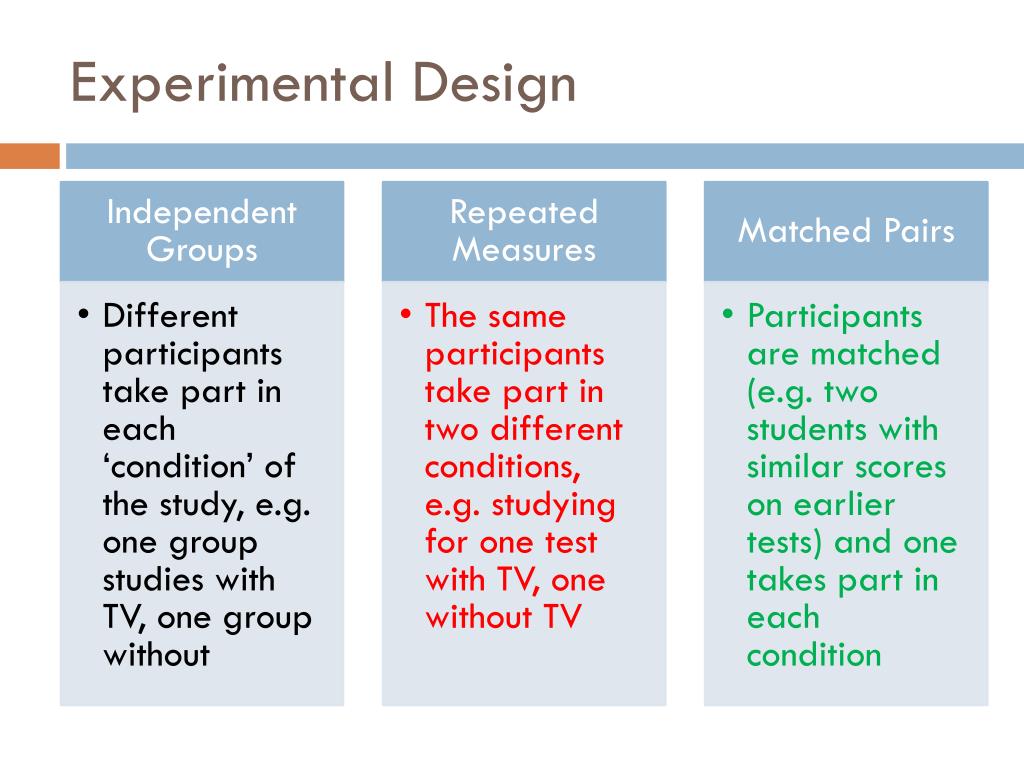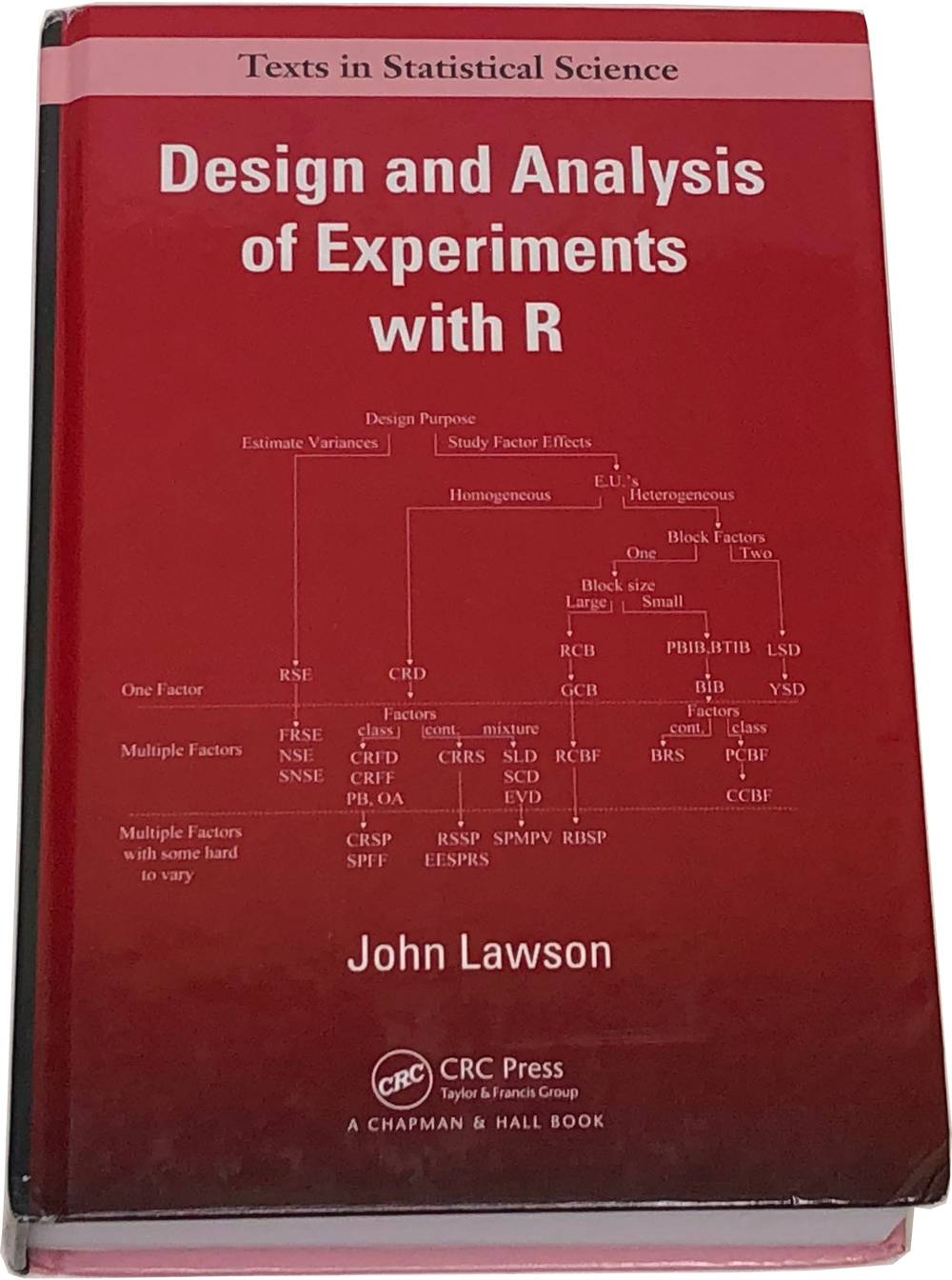Table Of Content

So while complete counterbalancing of 6 conditions would require 720 orders, a Latin square would only require 6 orders. For example, suppose we wish to test the effects of a drug’s concentration in the range 0–100 ng/ml on the growth of cells. The cells will be grown with the drug in test tubes, arranged on a rack with four shelves. Our goal may be to determine whether the drug has an effect and precisely estimate the effect size or to identify the concentration at which the response is optimal.
Longitudinal Design

In the rapidly expanding digital space of 2018, fonts are having to do more and more things and more and more devices. With FS Industrie, Fontsmith set out to create a utilitarian typeface with its own unique character that works no matter your message or medium. They can provide the opportunity to break from the norm and pursue a creative path that's exciting, innovative and based on fresh ways of thinking. Not only that, they can supply some stand-out work for your design portfolio. This video introduces the need for randomization in all aspects of an experiment.
When will I have access to the lectures and assignments?
Imagine you're playing a video game where you can choose different paths. If you take one path and find a treasure chest, you might decide to continue in that direction. Sequential Design operates in a similar fashion, allowing researchers to make decisions at different stages based on what they've learned so far. Covariate Adaptive Randomization would make sure that each treatment group has a similar mix of these characteristics, making the results more reliable and easier to interpret. Because they use existing data to inform the current experiment, often fewer resources are needed to reach a reliable conclusion.
Step 5: Measure your dependent variable
These measures may be administered using specialized equipment or software. Experiments across all industries and research realms provide scientists, developers, and other researchers with definitive answers. These experiments can solve problems, create inventions, and heal illnesses.
Explanatory Research – Types, Methods, Guide
Repeated Measures design is an experimental design where the same participants participate in each independent variable condition. This means that each experiment condition includes the same group of participants. The randomised block design is preferred in the case when the researcher is clear about the distinct difference among the group of objects. In this design, the experimental units are classified into subgroups of similar categories.
Carryover Effects and Counterbalancing
Almost every experiment can be conducted using either a between-subjects design or a within-subjects design. This possibility means that researchers must choose between the two approaches based on their relative merits for the particular situation. In a within-subjects experiment, each participant is tested under all conditions. Consider an experiment on the effect of a defendant’s physical attractiveness on judgments of his guilt.
Experimental and control groups

For example, what if the kids in our math example get better at multiplication just because they're older or because they've taken the test before? That would make it hard to tell if the program is really effective or not. Imagine you're a coach trying to figure out the best strategy to win games. You wouldn't just look at how many points your star player scores; you'd also consider assists, rebounds, turnovers, and maybe even how loud the crowd is.
Experiment Design Guidelines for Product Analysts — Part 3/3 - ResearchGate
Experiment Design Guidelines for Product Analysts — Part 3/3.
Posted: Wed, 11 Aug 2021 07:00:00 GMT [source]
It's like the game plan in sports or the blueprint when you're building a house. Just like you wouldn't start building without a good blueprint, researchers won't start their studies without a strong experimental design. In this article, we'll take you on a journey through the world of experimental designs. We'll talk about the different types, or "flavors," of experimental designs, where they're used, and even give you a peek into how they came to be.
Adaptive Designs
With computers, they can simulate complex experiments before they even start, which helps them predict what might happen. This is especially helpful in fields like medicine, where getting things right can be a matter of life and death. This is when people like Francis Galton, an English polymath, started to get really systematic about experimentation. His work helped create the foundations for a more organized approach to experiments.
In a Stepped Wedge Design, all participants or clusters start off in the control group, and then, at different times, they 'step' over to the intervention or treatment group. This creates a wedge-like pattern over time where more and more participants receive the treatment as the study progresses. It's like rolling out a new policy in phases, monitoring its impact at each stage before extending it to more people. Multivariate Design has been a go-to method in psychology, economics, and social sciences since the latter half of the 20th century. With the advent of computers and advanced statistical software, analyzing multiple variables at once became a lot easier, and Multivariate Design soared in popularity. Well, sometimes it's just not practical to assign conditions at the individual level.
In a between-subjects design, every participant experiences only one condition, and researchers assess group differences between participants in various conditions. In some cases, it may be immoral to withhold treatment completely from a control group within an experiment. If you recruited two groups of people with severe addiction and only provided treatment to one group, the other group would likely suffer. For these cases, researchers use a control group that receives “treatment as usual.” Experimenters must clearly define what treatment as usual means.
With three conditions, there would be six different orders (ABC, ACB, BAC, BCA, CAB, and CBA), so some participants would be tested in each of the six orders. With four conditions, there would be 24 different orders; with five conditions there would be 120 possible orders. With counterbalancing, participants are assigned to orders randomly, using the techniques we have already discussed. Thus, random assignment plays an important role in within-subjects designs just as in between-subjects designs. Here, instead of randomly assigning to conditions, they are randomly assigned to different orders of conditions.
ANOVA is a statistical technique used to compare means across two or more groups in order to determine whether there are significant differences between the groups. There are several types of ANOVA, including one-way ANOVA, two-way ANOVA, and repeated measures ANOVA. Field experiments are conducted in naturalistic settings and allow for more realistic observations. However, because field experiments are not as controlled as laboratory experiments, they may be subject to more sources of error. Laboratory experiments are conducted under controlled conditions, which allows for greater precision and accuracy. However, because laboratory conditions are not always representative of real-world conditions, the results of these experiments may not be generalizable to the population at large.
Experimental research establishes a cause-effect relationship by testing a theory or hypothesis using experimental groups or control variables. In contrast, descriptive research describes a study or a topic by defining the variables under it and answering the questions related to the same. Experimental research design provides researchers with a controlled environment to conduct experiments that evaluate cause and effect.
Born out of the early 20th-century work of statisticians like Ronald A. Fisher, this design is all about control, precision, and reliability. Skinner even built boxes—called Skinner Boxes—to test how animals like pigeons and rats learn. Watson performed a very controversial experiment called The Little Albert experiment that helped describe behaviour through conditioning—in other words, how people learn to behave the way they do. If you toss ingredients into a bowl without measuring, you'll end up with a mess instead of a tasty dessert. To compare the effectiveness of two different types of therapy for depression, depressed patients were assigned to receive either cognitive therapy or behavior therapy for a 12-week period.

No comments:
Post a Comment